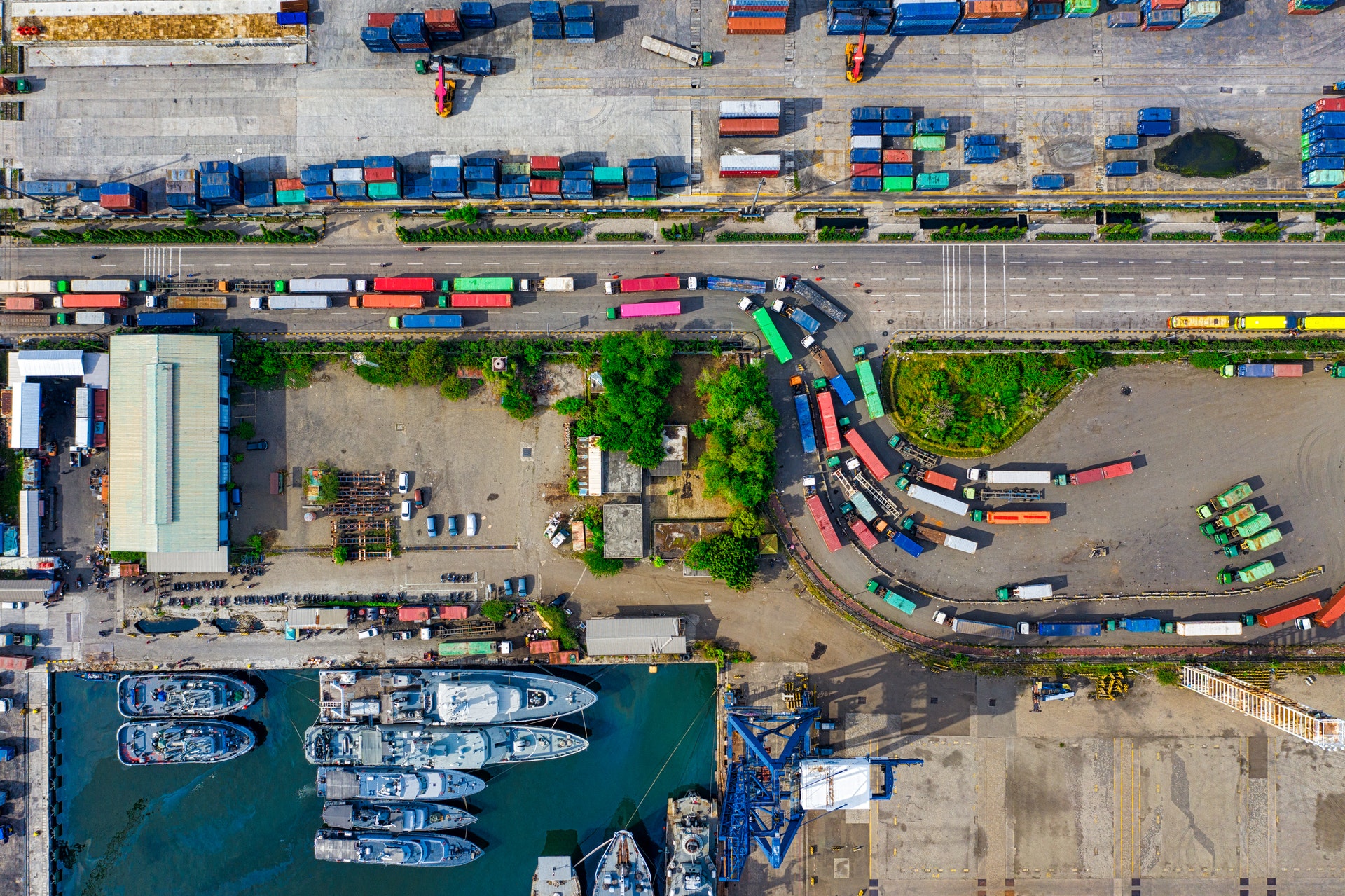Whether you’re sending freight to Italy, Spain, Portugal or China, the one hurdle you will always need to confront is customs. It is a compulsory part of shipping goods from one country to another. Both export and import and clearance are essential if you wish to send goods from A to B. But preparing for customs clearance can be complicated, even for seasoned exporters.
In this short guide, you’ll find five of the key areas you need to get right to remove some of the stress from the process.
5 Ways to Prepare Your Freight for Customs Clearance
1. Check for customs restrictions before committing to a sale
Whether you’re planning to import or export goods, it’s essential to know if you’ll be able to get them to their intended destination before you commit to the sale. Every country has its own list of restricted and prohibited goods. For the UK, the list is fairly simple and obvious, but other countries can bring surprises. You can’t take toothpaste to Algeria, Kinder Eggs to America, or matching shoes to South Africa, India or Mexico (odd shoes are fine). And there are plenty more oddities out there, so double check the regulations before you start.
2. Research your supplier and buyer
There are some people that you just shouldn’t do business with. Officially. If someone you are planning to work with is on a restricted party list, either here or in the country you’re conducting your business in, you cannot do business with them. This is a legal imperative and cannot be sidestepped.
3. Check trade agreement compliance
With ‘Brexit’ underway, everyone is very much aware of the power of trade agreements. They can affect the tariffs and duties you have to pay. And they and be as beneficial as they are restrictive. Before you start exporting to a new destination, check to see whether a free trade agreement (FTA), anti-dumping duties or countervailing duties (CVDs) are in place. Because these can really impact your bottom line, both positively and negatively.
The UK’s most up to date trade agreements can be found on the Government’s website.
4. Ensure your paperwork is in order
In order to clear customs, you will need the following documents.
- Commercial Invoice, including full shipment details – weights, quantities, terms of sale, and parties involved
- Certificate of Origin
- Packing List
- Details of payment terms
- Bill of lading or airway bill
Depending upon where you are shipping from and to, other documents, including licenses, permits, and certificates, may be required.
5. Check packing requirements
OK, so you know that you need to pack your goods well enough for them to reach their destination in one piece. And you know that you need to do this without overly adding to the weight or space requirements of your shipment. But you also need to ensure that the packing requirements of certain goods are met. Some goods need specific labelling. Others need a particular form of packaging. While some countries have restrictions on the type of packaging brought in. All of this needs to be established and accommodated if you wish to clear customs as quickly and painlessly as possible.
Customs clearance is one of those unavoidable pain points that all importers and exporters deal with. If you work with a good freight forwarder, they may be able to help you through the most difficult aspects of the process. But as long as you keep these five points in mind, you’ll be well prepared.
Looking to send freight across Europe? Contact Plexus Freight for a quote today.


